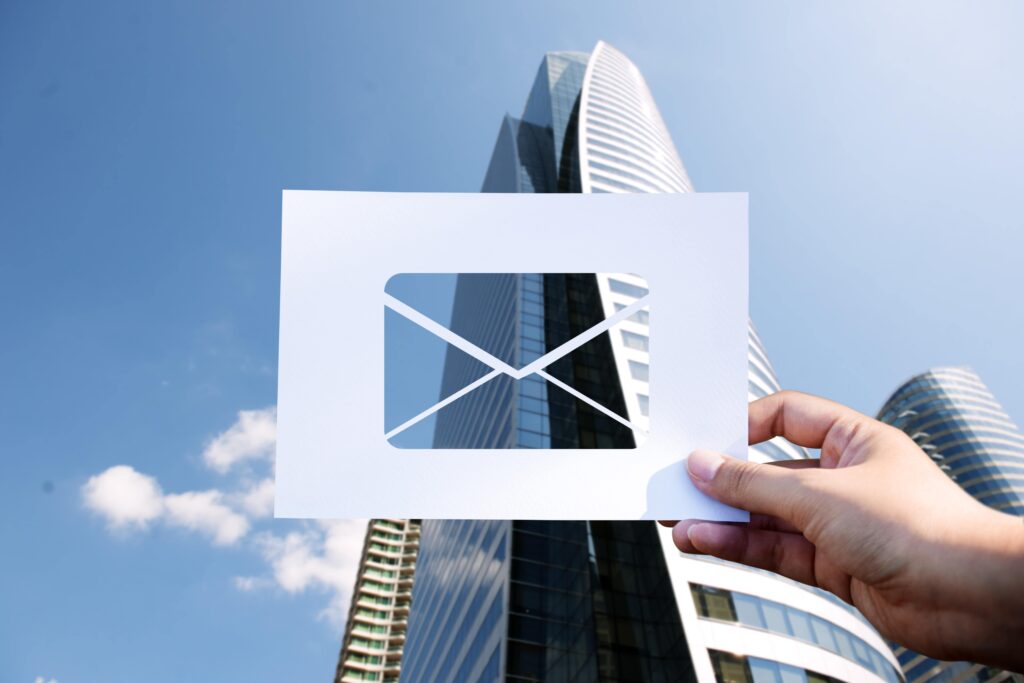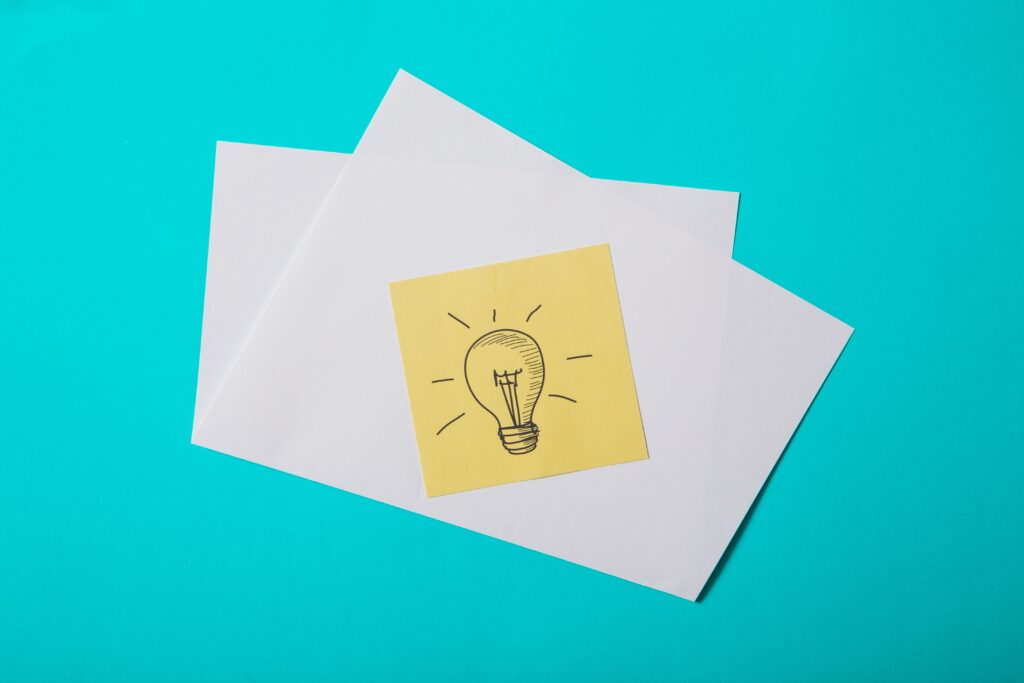
In the world of professional communication, where the opening lines often set the tone for the entire conversation, the humble email greeting plays a role far more significant than its modest stature might suggest. It’s the virtual handshake, the digital nod of acknowledgment, and the key to creating a positive first impression. Crafting a well-crafted email greeting isn’t just a good response rate; it’s a vital component of effective and respectful communication in the business world.
In this article, we will delve into the art of crafting the perfect email greeting for various professional situations. We recognize that one size does not fit all in the realm of the best email greetings. Different scenarios call for different tones, levels of formality, and approaches. Whether you’re reaching out to a prospective client, connecting with colleagues, or sending a follow-up email, this guide has you covered with a variety of email greeting examples tailored to diverse situations.
Join us on a journey to uncover the nuances of cold email greetings that leave a lasting impact. From formal and semi-formal to informal and special occasions, we’ll explore the intricacies of choosing the right words to begin your email. Let’s ensure that your email greetings resonate with professionalism, courtesy, and a genuine understanding of the diverse communication needs in the professional sphere.

Formal Business Email Greetings
In the world of business, formality is often the order of the day, especially when making a first impression or engaging in professional correspondence. Here, we explore when to use formal greetings in business emails and provide examples that reflect the seriousness and respect expected in such situations.
When to Use Formal Greetings:
Formal email greetings are particularly appropriate in the following scenarios:
- Initial Contact with a New Client: When reaching out to a new client or prospect for the first time, a formal greeting sets a professional tone. It demonstrates respect and establishes a sense of credibility.
- Job Application: When applying for a job or sending a cover letter, maintaining a formal tone is essential. It signifies your seriousness about the position and your respect for the prospective employer.
- Communicating with High-Level Executives: When corresponding with senior executives or individuals in leadership roles, a formal greeting conveys deference and acknowledges their position.
- Official Announcements: Formal greetings are suitable for official announcements, updates, or communication with regulatory or governing bodies.
Examples of Formal Greetings:
- “Dear Mr. Smith,”
- “Dear Ms. Johnson,”
- “Dear Dr. Anderson,”
- “Good morning,”
- “Good afternoon,”
- “To Whom It May Concern,”
- “Dear [Company Name] Team,”
These examples strike a formal and respectful tone that aligns with the level of professionalism expected in the context of initial contact, job applications, or formal business communications. Remember to personalize formal greetings with the recipient’s name whenever possible, as it adds a touch of courtesy and attentiveness to your email.

Semi-Formal Business Email Greetings
In the realm of business email greetings, finding the right balance between formality and warmth is key. Semi-formal greetings strike this delicate balance, making them suitable for a variety of situations where a more relaxed tone is appropriate, particularly when communicating with colleagues or clients with whom you have an established or ongoing relationship.
Scenarios Where Semi-Formal Greetings are Appropriate:
- Contacting Colleagues: When emailing colleagues within your organization, especially those you work with regularly, a semi-formal tone is often sufficient. It reflects professionalism while maintaining a friendly atmosphere.
- Ongoing Client Relationships: For clients or customers with whom you have an existing rapport, semi-formal greetings are a suitable choice. They convey professionalism while acknowledging the ongoing nature of your relationship.
- Team Communication: Within a team or department, semi-formal greetings foster collaboration and a sense of unity without sacrificing professionalism.
Examples of Semi-Formal Greetings:
- “Hello [First Name],”
- “Hi [First Name],”
- “Dear [First Name],”
- “Greetings [First Name],”
- “Good [morning/afternoon], [First Name],”
These semi-formal greetings maintain a level of respect while introducing a friendly and approachable tone. Addressing recipients by their first name adds a personal touch and helps nurture positive relationships. When using semi-formal greetings, consider the nature of your relationship with the recipient and the context of cold email to strike the right balance between professionalism and friendliness.
Informal Business Email Greetings
In certain business scenarios, a relaxed and informal tone in subject line can foster camaraderie, boost team morale, and maintain a friendly atmosphere. Informal business email greetings are ideal for internal team communication and interactions within close professional relationships.
Situations Where Informal Greetings are Acceptable:
- Internal Team Communication: When communicating with colleagues within your organization, especially on routine matters or casual updates, an informal tone is appropriate. It helps create a friendly and collaborative work environment.
- Close Professional Relationships: In ongoing professional relationships where a rapport has been established, using informal greetings can convey a sense of familiarity and trust.
Examples of Informal Greetings:
- “Hi [First Name],”
- “Hello [First Name],”
- “Hey [First Name],”
- “Hi everyone,”
- “Hello team,”
- “Hey folks,”
These informal greetings set a relaxed tone while maintaining professionalism. They’re well-suited for scenarios where a friendly, open, and approachable communication style is encouraged.

Greetings for Special Occasions
In business communication, there are moments that call for a touch of personalization and warmth. Special occasions, such as birthdays, holidays, or congratulatory messages, provide an opportunity to go beyond the usual greetings and add a personalized touch to your business emails.
Situations Calling for Unique Greetings:
- Birthday Wishes: Sending birthday greetings to colleagues or clients is a thoughtful way to strengthen professional relationships and show appreciation.
- Holiday Greetings: During festive seasons or holidays, sending warm wishes can foster goodwill and strengthen connections.
- Congratulatory Messages: When celebrating achievements, promotions, or milestones, special greetings reflect your genuine enthusiasm and support.
Examples of Greetings for Special Occasions:
- “Happy Birthday, [First Name]!”
- “Wishing you a joyous holiday season, [First Name]!”
- “Congratulations on your promotion, [First Name]!”
- “Merry Christmas, [First Name]!”
- “Best wishes on your work anniversary, [First Name]!”
These examples showcase the power of personalized greetings for special occasions. Adding a touch of warmth and sincerity in your business emails during such moments strengthens professional relationships and fosters a positive working environment.

Greetings for Follow-Up Emails
When it comes to follow-up business emails, maintaining a polite and respectful tone is subject line essential. These emails often serve as reminders, requests for updates, or responses to previous interactions. A courteous greeting sets the stage for a positive and constructive follow-up.
Importance of Maintaining a Polite Tone in Follow-Up Emails:
- Professionalism: A polite greeting in a follow-up email reaffirms your professionalism and respect for the recipient, even if the context is a reminder or inquiry.
- Building Rapport: It helps in building and preserving a positive relationship with the recipient, ensuring that your follow-up is well-received.
- Clarity: A polite professional greeting sets a friendly tone and clarifies the purpose of your email, making it more likely to achieve its intended goal.
Examples of Greetings for Follow-Up Emails:
- “I hope this email finds you well,”
- “Hello again,”
- “Just checking in,”
- “I trust you’re doing fine,”
- “I wanted to follow up on our previous conversation,”
- “Thank you for your attention to this matter,”
These greetings convey politeness, professionalism, and an understanding of the recipient’s time and attention. They are particularly effective in follow-up emails where maintaining a positive tone and response rate is crucial.
Greetings for Networking and Introduction Emails
Networking and introductory emails require a delicate balance between professionalism and approachability. These business emails often mark the beginning of a professional relationship, and a professional greeting and subject line is your first chance to make a favorable impression.
Nuances of Introductory Emails and Networking Outreach:
- Warmth and Approachability: Networking emails should be warm and inviting, making the recipient feel comfortable and valued.
- Icebreakers: An effective greeting in an introductory email salutation can serve as an icebreaker, sparking initial interest and engagement.
Examples of Greetings for Networking and Introduction Emails:
- “Hello [First Name],”
- “Hi [First Name],”
- “Dear [First Name],”
- “It’s a pleasure to e-meet you, [First Name],”
- “I hope this email finds you in good spirits, [First Name],”
- “I’m excited to connect with you, [First Name],”
These greetings strike a balance between professionalism and approachability, helping you make a positive first impression in networking and introduction emails. They are designed to initiate a conversation and foster a sense of connection from the outset.

Greetings in Multilingual Emails
In our increasingly interconnected global world, effective communication often transcends language barriers. Sending business emails in different languages or to international contacts requires thoughtful consideration and cultural sensitivity. The choice of greeting is a crucial aspect of this communication, as it sets the tone for the entire message. In this section, we explore considerations for multilingual emails and provide examples of greetings in various languages while emphasizing cultural sensitivity.
Considerations When Sending Multilingual Emails:
- Language Proficiency: Ensure that you have a good understanding of the recipient’s language proficiency. Sending an email salutation in their preferred language shows respect and consideration.
- Cultural Awareness: Be aware of cultural nuances and customs related to greetings. In some cultures, a warm and lengthy greeting is expected, while in others, a brief and direct approach is preferred.
- Translating Greetings: Accurate translation of greetings is vital. Use professional translation services or consult native speakers to ensure correctness and cultural appropriateness.
- Recipient’s Preferences: Whenever possible, inquire about the recipient’s preferred language and form of address. This demonstrates respect for their preferences.
Examples of Greetings in Various Languages:
- Spanish: “Hola [First Name],”
- French: “Bonjour [First Name],”
- German: “Hallo [First Name],”
- Japanese: “こんにちは [First Name],”
- Italian: “Ciao [First Name],”
- Portuguese: “Olá [First Name],”
- Korean: “안녕하세요 [First Name],”
Cultural Sensitivity:
- In many cultures, addressing the recipient with their title and last name (e.g., “Mr. Smith” or “Ms. Johnson”) is a sign of respect.
- In some cultures, such as Japan, it’s customary to use honorific titles (e.g., “San”) with the recipient’s last name to show respect.
- Be mindful of the appropriateness of informal greetings, especially in initial contact with international partners or clients. Formal greetings may be preferred until a closer relationship is established.
- Research cultural norms and etiquette for greetings, as they can vary widely between countries and regions.
Avoiding Common Greeting Mistakes
In the world of professional email communication, the greeting is your first opportunity to make a positive impression and response rate. Common mistakes in email greetings can hinder effective communication and leave a less-than-favorable impression. Here, we highlight some of the most common greeting mistakes and offer tips to ensure professionalism and accuracy in your email greetings.
Common Greeting Mistakes to Avoid:
- Overly Generic Greetings: Using overly generic greetings such as “To whom it may concern” or “Dear Sir/Madam” can make your cold email feel impersonal and detached. It’s essential to address recipients by their name whenever possible.
- Misspelling Names: Misspelling a recipient’s name is a common but avoidable mistake that can be seen as inattentive or disrespectful. Always double-check the spelling of the recipient’s name.
- Using Incorrect Titles: Addressing someone with an incorrect title in subject line (e.g., Mr. instead of Dr.) can be seen as a sign of carelessness. Research and verify the recipient’s title before sending the email.
- Inconsistent Formality: Maintaining consistent formality in your greetings is crucial. Mixing formal and informal greetings within the same email salutation can create confusion and undermine professionalism.
- Being Too Familiar Too Soon: Using overly informal greetings, like “Hey” or “Hi there,” in initial contact with new clients or professional acquaintances can come across as overly familiar and unprofessional.
Tips for Ensuring Professionalism and Accuracy in Greetings:
- Personalize Greetings: Whenever possible, address recipients by their name. It adds a personal touch and shows that you’ve taken the time to identify the recipient.
- Double-Check Spelling: Triple-check the spelling of the recipient’s name, especially if it’s unfamiliar or uncommon. An accurately spelled name reflects attention to detail.
- Research Titles: Verify the recipient’s title and use it correctly in the greeting. If unsure, it’s better to use a generic title like “Hello” than to make an incorrect assumption.
- Match Formality to Context: Gauge the appropriate level of formality based on the context and your relationship with the recipient. Formal greetings are suitable for initial contact, while semi-formal or informal greetings may be used in ongoing relationships.
- Consider Cultural Norms: Be aware of cultural differences in greetings. Some cultures prioritize formal greetings and titles, while others may prefer a more relaxed approach.
- Use Gender-Neutral Greetings: In cases where gender is unknown or irrelevant, consider using gender-neutral greetings like “Hello” or “Hi.”
- Proofread Your Emails: Before hitting send, proofread your emails for errors in spelling, grammar, and formatting, including the greeting.
- Templates with Care: If using email templates, review and customize the greetings for each recipient to ensure they are accurate and appropriate for the situation.

Conclusion
In the dynamic world of business communication, the art of choosing the right greeting can make all the difference. With this collection of business email greeting examples for different situations, you’ve gained valuable insights into how to initiate conversations effectively, maintain professionalism, get a good response rate, and foster positive relationships. Remember that a well-chosen greeting is not just a formality but a powerful tool for making connections and setting the stage for successful interactions.




